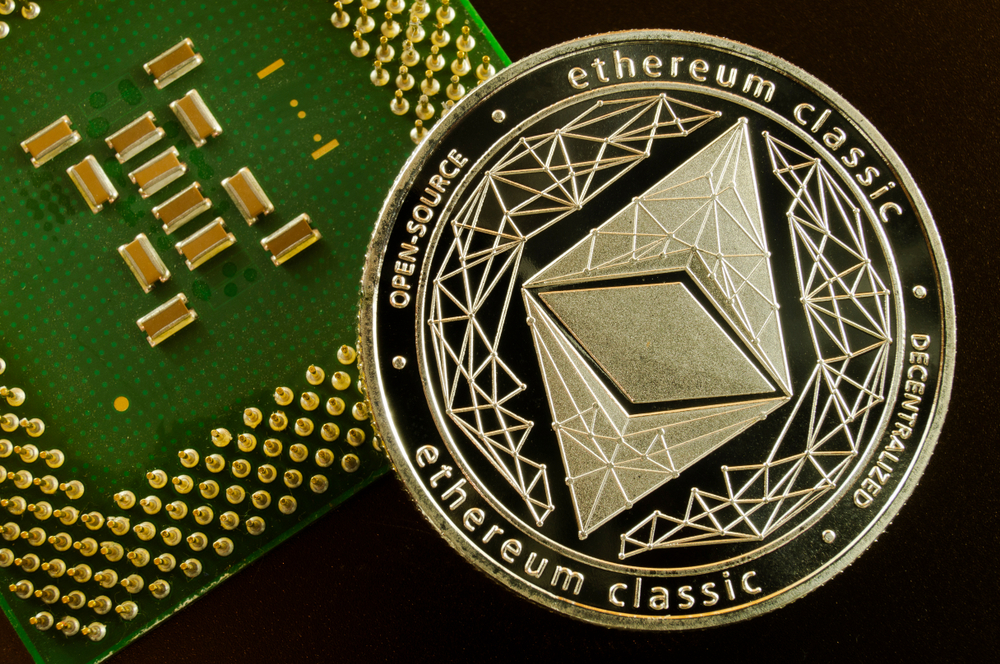The debate about the authenticity of the decentralization of blockchains such as Ethereum is still an open-end discussion.
Last September, the Ethereum network finally carried out its much-debated merge event. This event sparked a new conversation about what being a truly decentralized network means and what it stands for.
It is important to note decentralization is not a partially applicable concept. Any DeFi organization, in principle, can be a hybrid, but it is not ideal to have features of both DeFi and TradeFi at the same time.
There are some parameters with which the users can measure the decentralization and centralization coefficient of a crypto entity. Decentralization is the defense against censorship and attacks from users.
The Ethereum network is purported to be more decentralized than before. The main reason is that the PoS transition of the blockchain has been seen as a major event. In this manner, these organizations can ensure that there are protocols in place which can defend the decentralized ranking of its consensus model.
Lido Staked Ether is an example of how Ethereum is evolving. The Lido project is an upgrade with features like revocation of the 51% attack that would now require 100% control of all Lido miners.
At present, Lido is the largest entity connected to the Ethereum network, with around $5 billion of ETH stakes. There are around 30 independent Lido operators. Meanwhile, the project also harbors more than 90K unique depositors.
Lido Protocol and Ethereum Network
There has been a long-standing issue of validator autonomy over stakers. The validators can exit at any time out of a staked position, and the stakers would remain locked in. However, both parties would not earn any rewards for their work anymore.
Therefore, Lido has replaced validator sets. Lido has provided the option to the stakers to pick the validator of their choice.
Lido is still not using PoW, and it works with staking contracts using an ETH token that splits 10% rewards among DAO treasury and operators. Lido protocol is also working at redefining the issues connected to the question of the Howey test.
Meanwhile, the Ethereum network has incremented validator participation without exposing it to the risk of exploitation.
